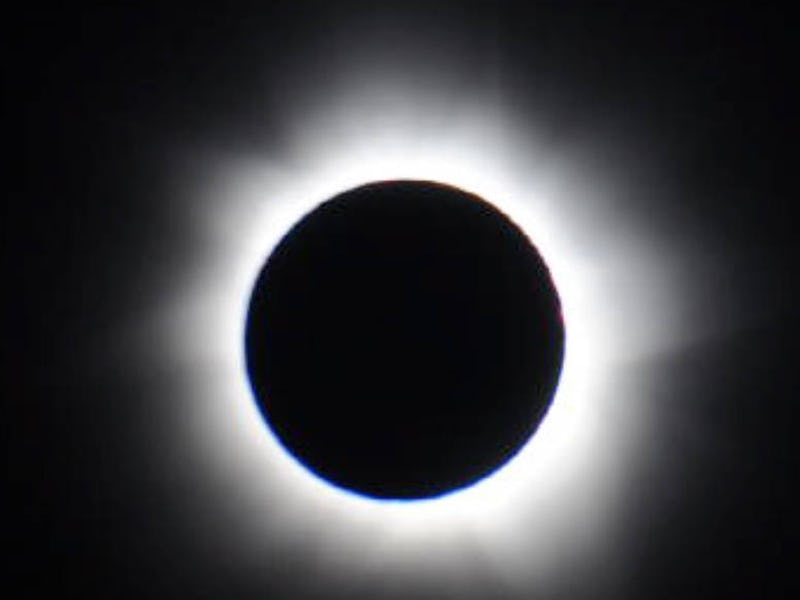When Was the Last Total Solar Eclipse in America?
It hasn't happened here for nearly 40 years.

Total solar eclipses don’t often appear in the United States, which makes the coming event on August 21 all the rarer. This eclipse will travel in a thin 70-mile wide path across the entire nation, from Oregon to South Carolina.
The last time any part of the country experienced a total solar eclipse was nearly 40 years ago, on February 26, 1979. The path of the eclipse started in the Northwest, beginning in Washington and traveling east to North Dakota before moving into Canada.
The year that our nation declared its independence, in 1776, was the last time a total solar eclipse occurred only over the United States and in no other country, just as it will do next month.
Total eclipse events — when the moon completely passes in front of the sun — may come infrequently (in fact, about two occur somewhere on our vast planet every three years), but the United States has experienced other types of solar eclipses more recently.
On May 20, 2012, a portion of the western United States experienced an annular solar eclipse. During these events, the moon moves in front of the sun, but in a transit where it only covers the center of sun (because the orbits of the two bodies are such that they are farther away from each other). This leaves the outer edges of the sun visible, creating a “ring of fire”-like effect around the moon. The next annular solar eclipse that can be seen in the United States will occur on October 14, 2023, and will be visible from California to Florida.
Although the August 2017 total solar eclipse will only be visible to folks within a narrow band slashing across the country, a partial solar eclipse will be visible to the entire nation. From vantage points outside of the path of totality, viewers will see the moon obstructing a portion of the sun, and for those close to the path of totality, much of the sun will still be blotched out.
Inverse details how to safely watch the eclipse here.